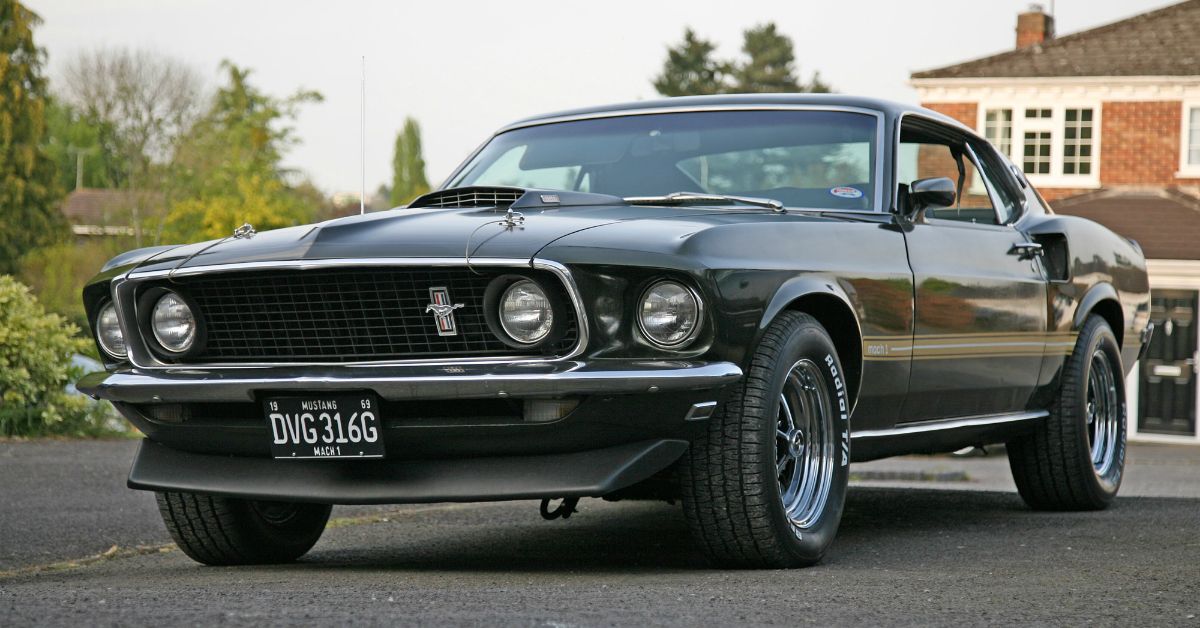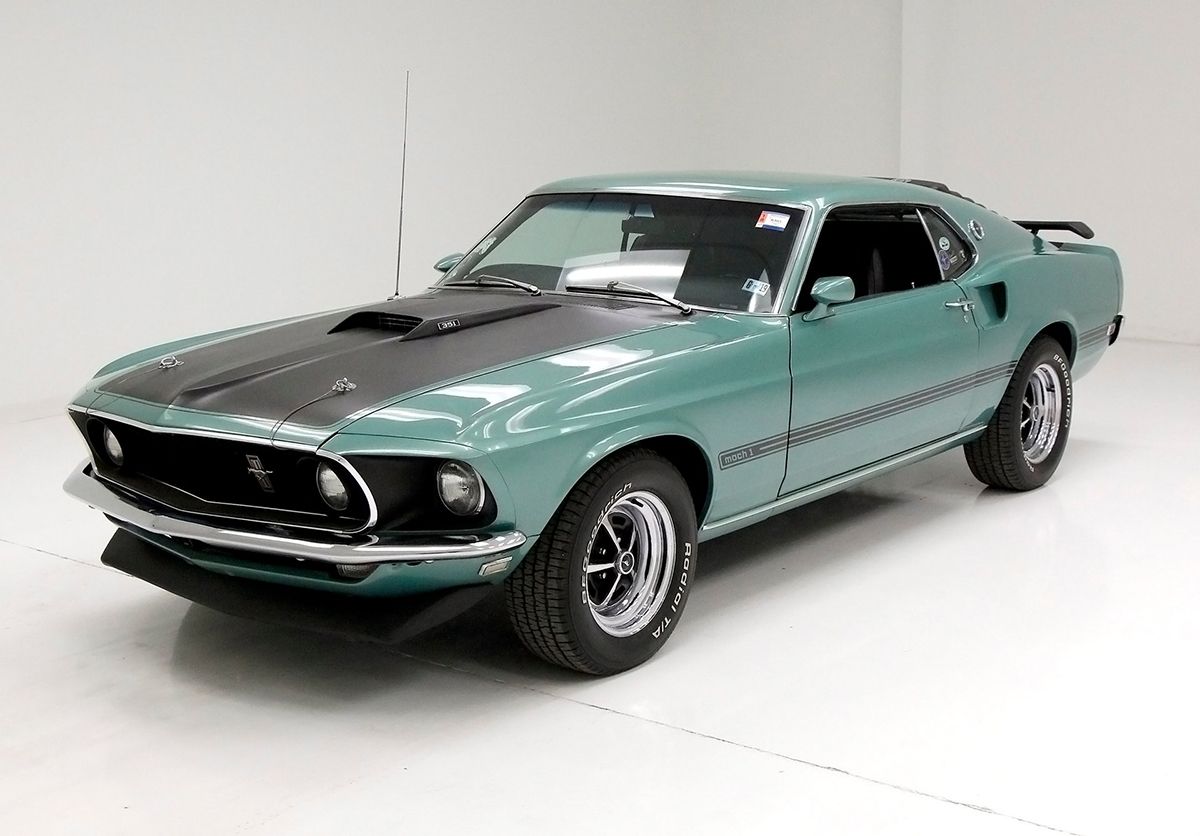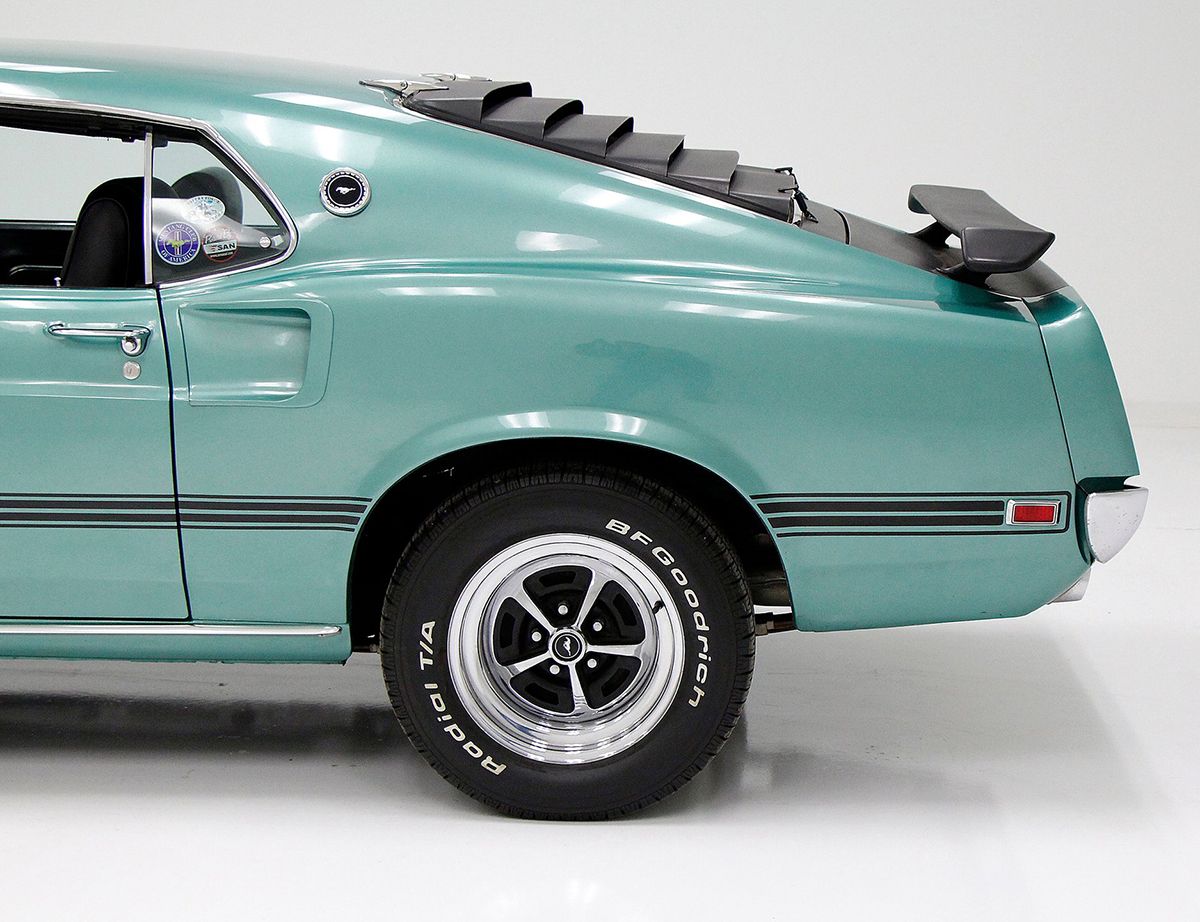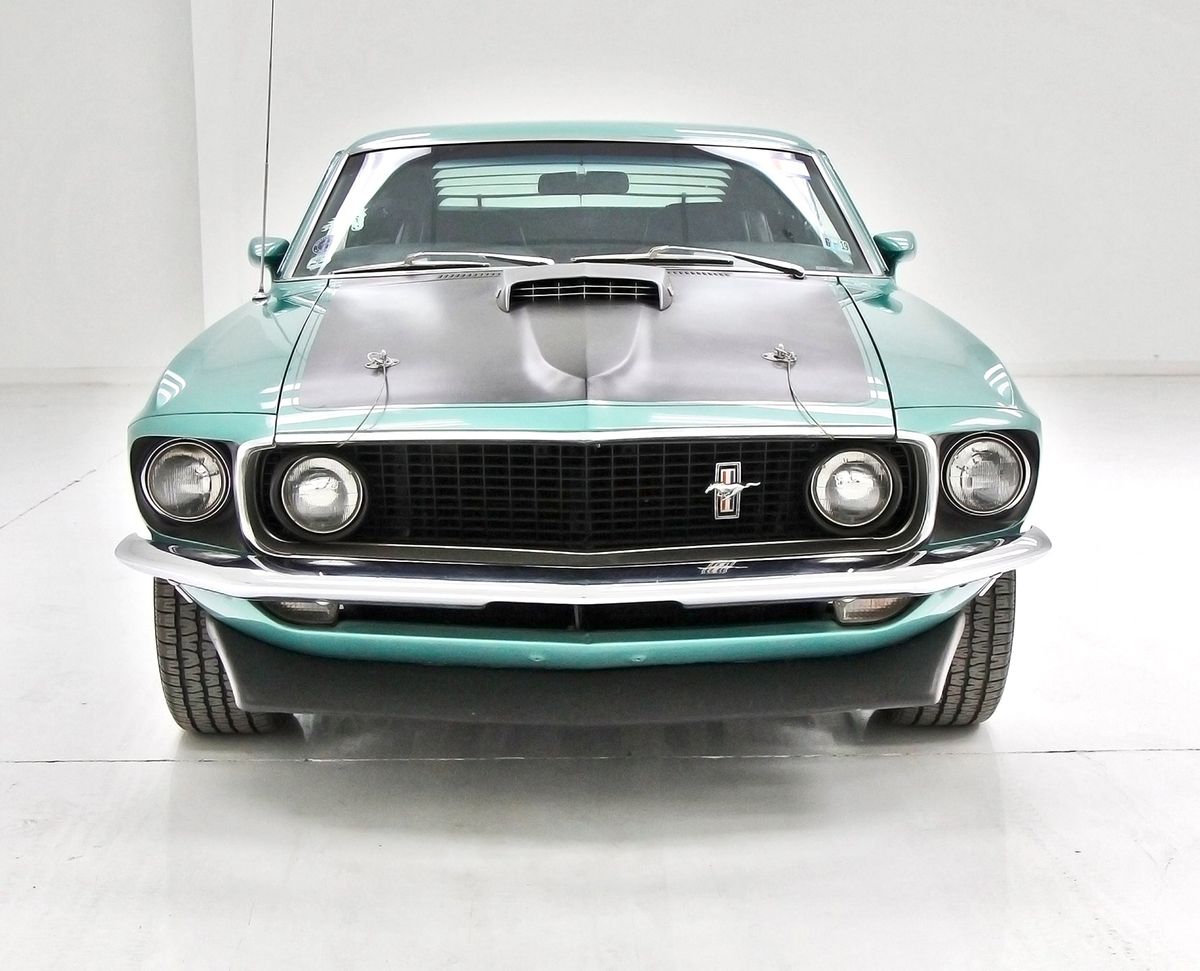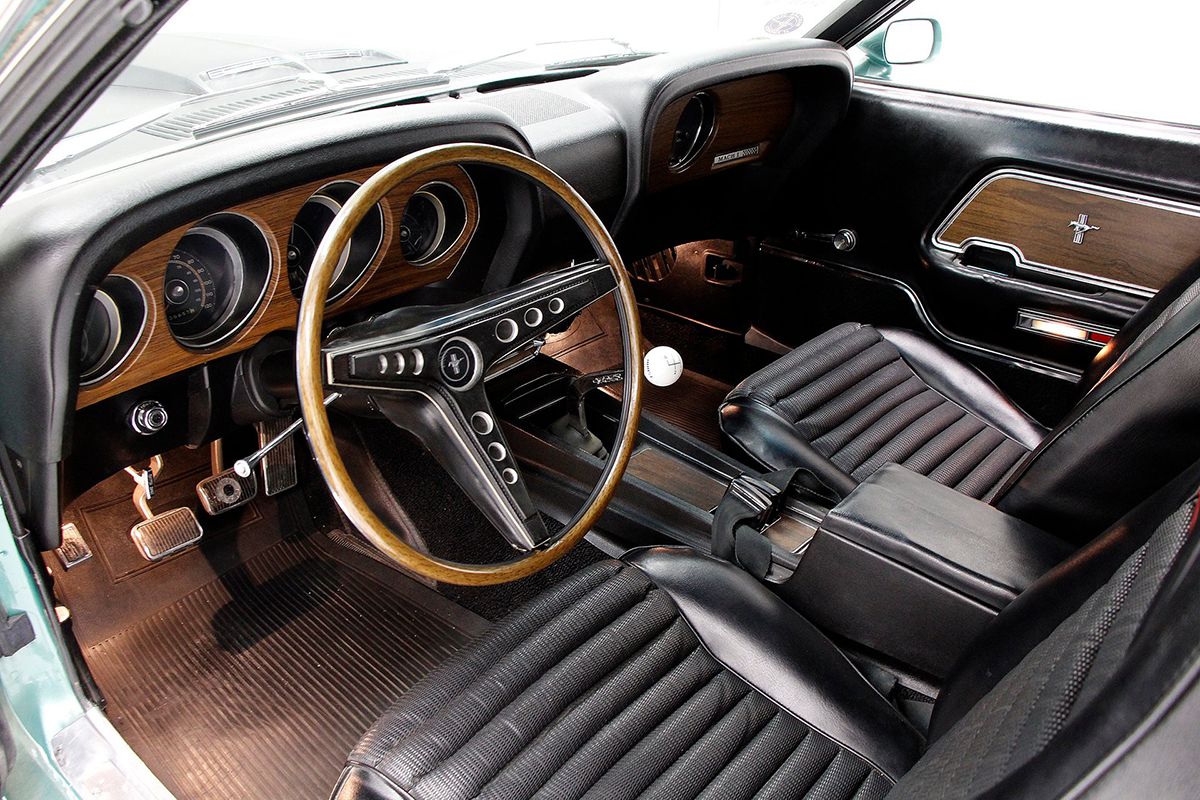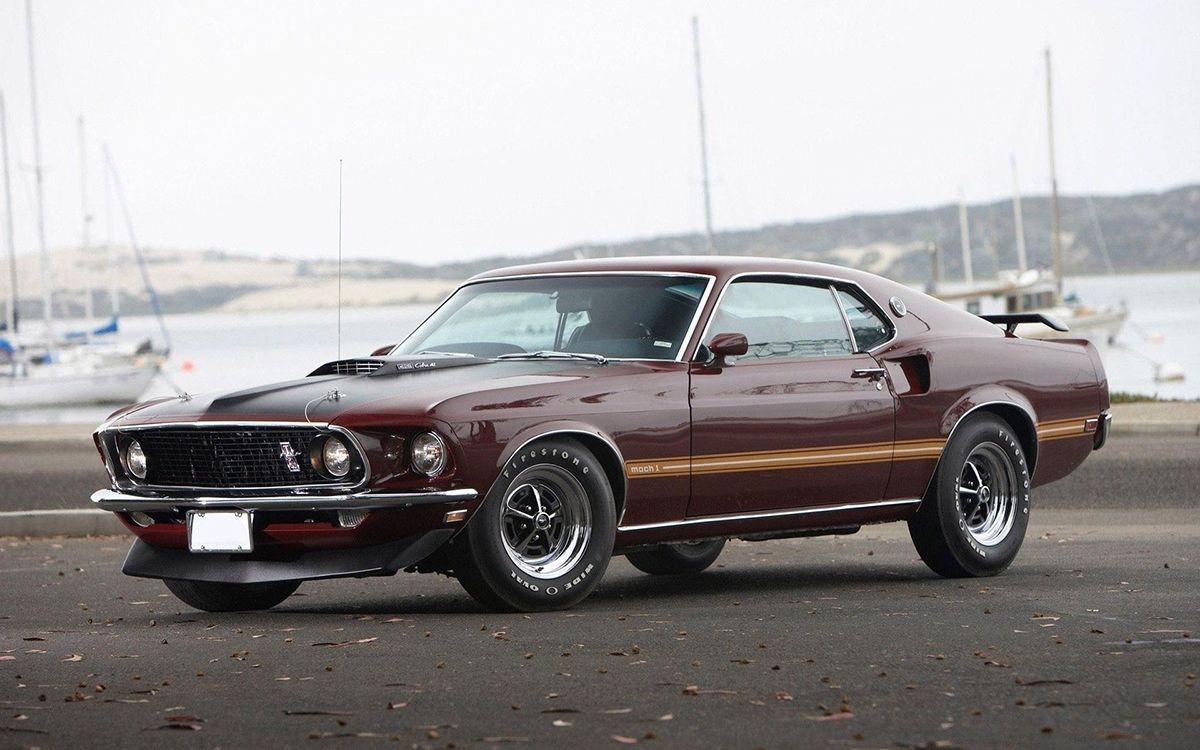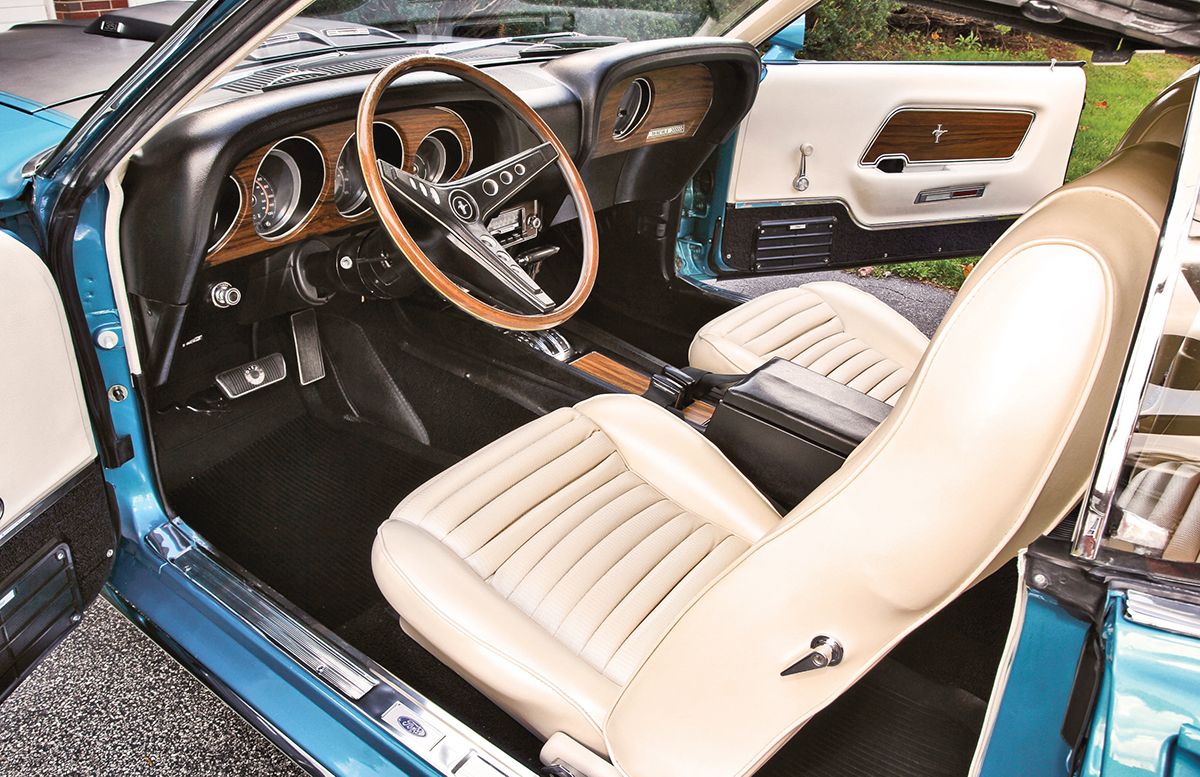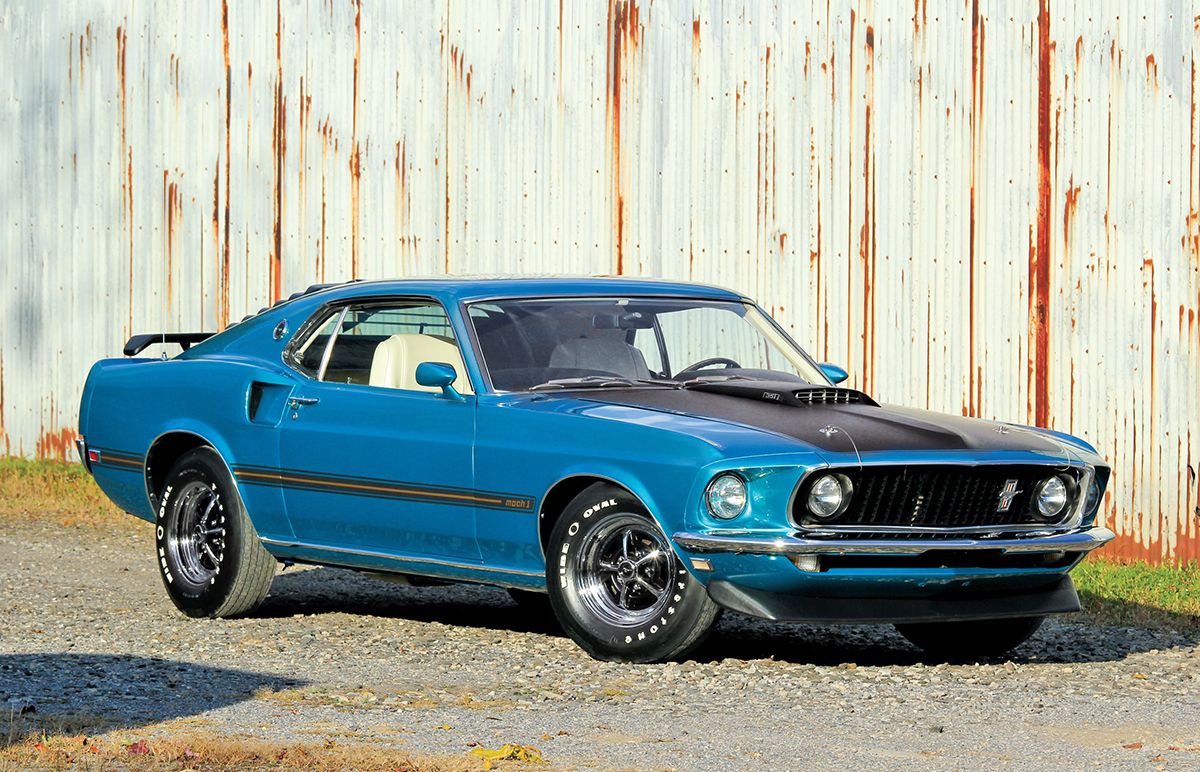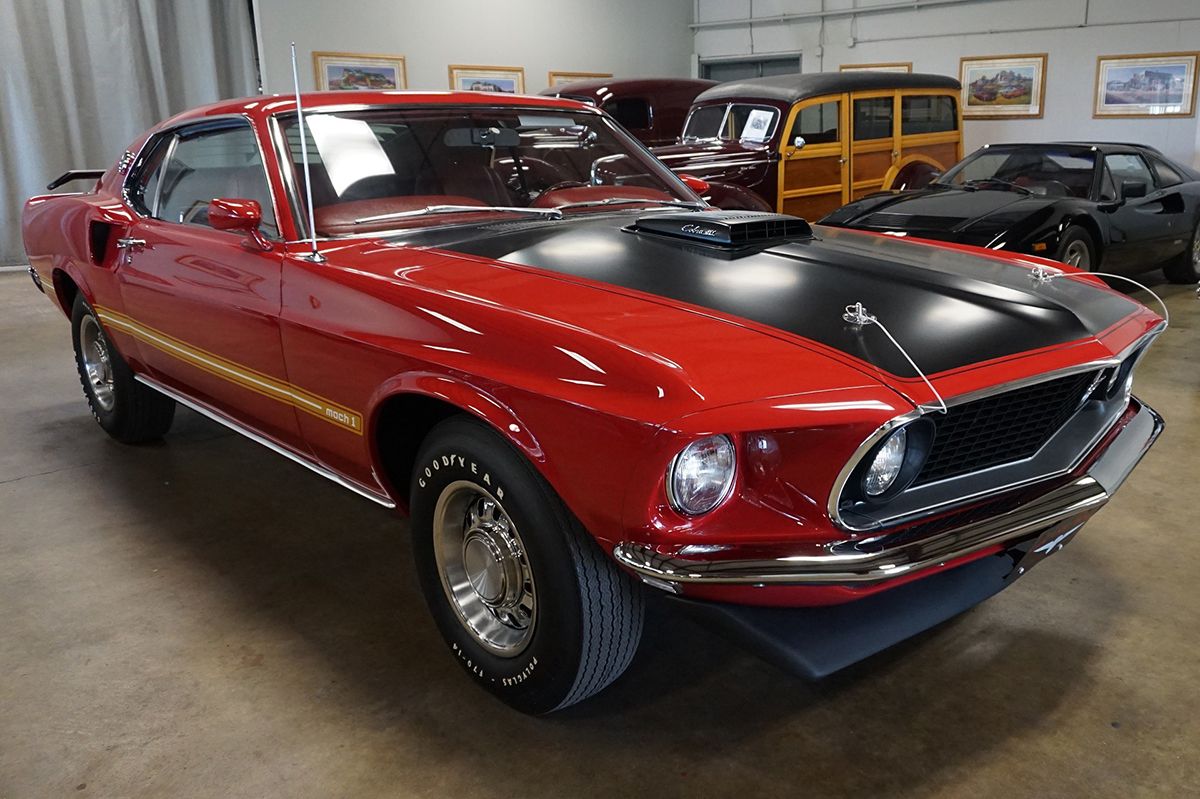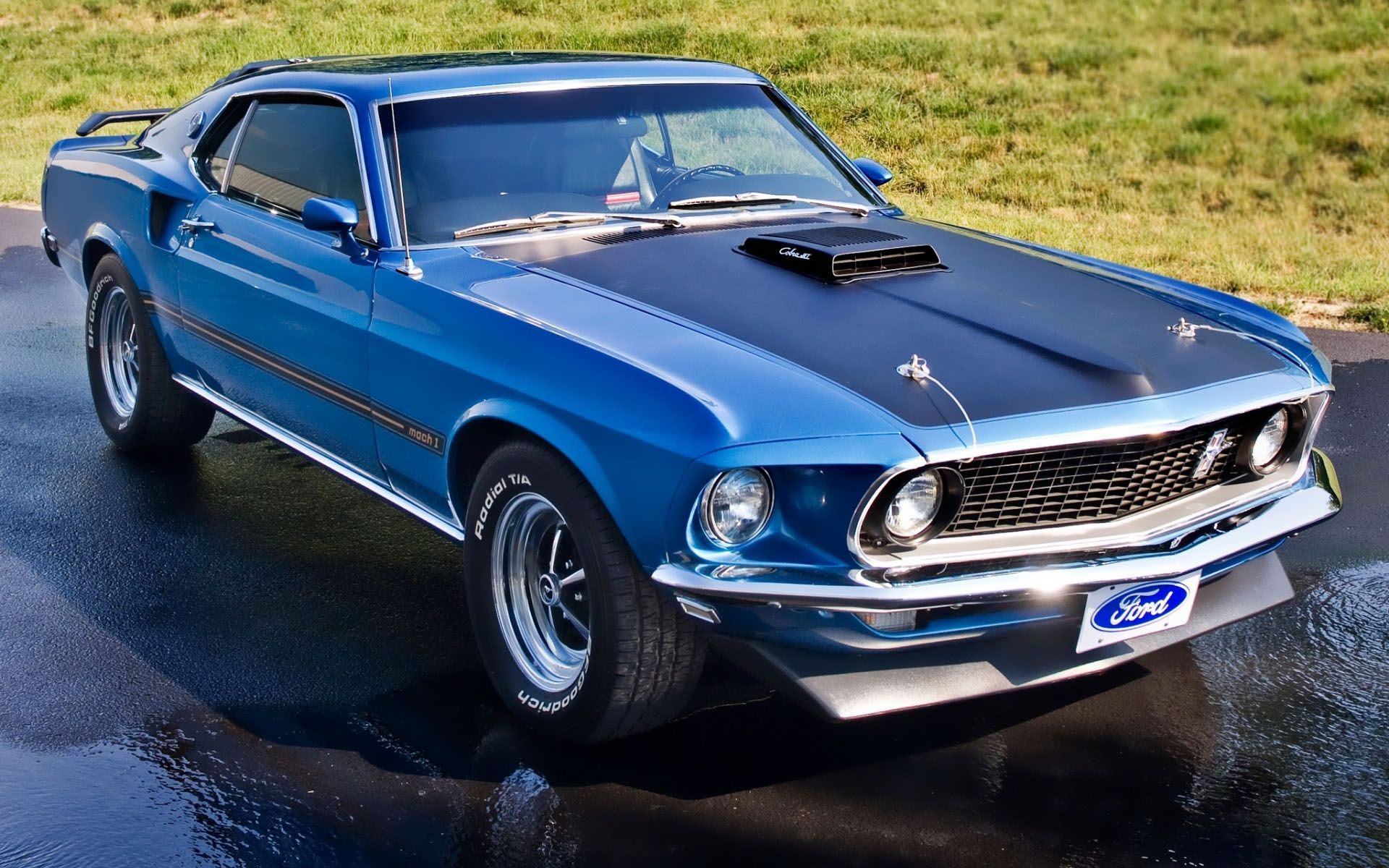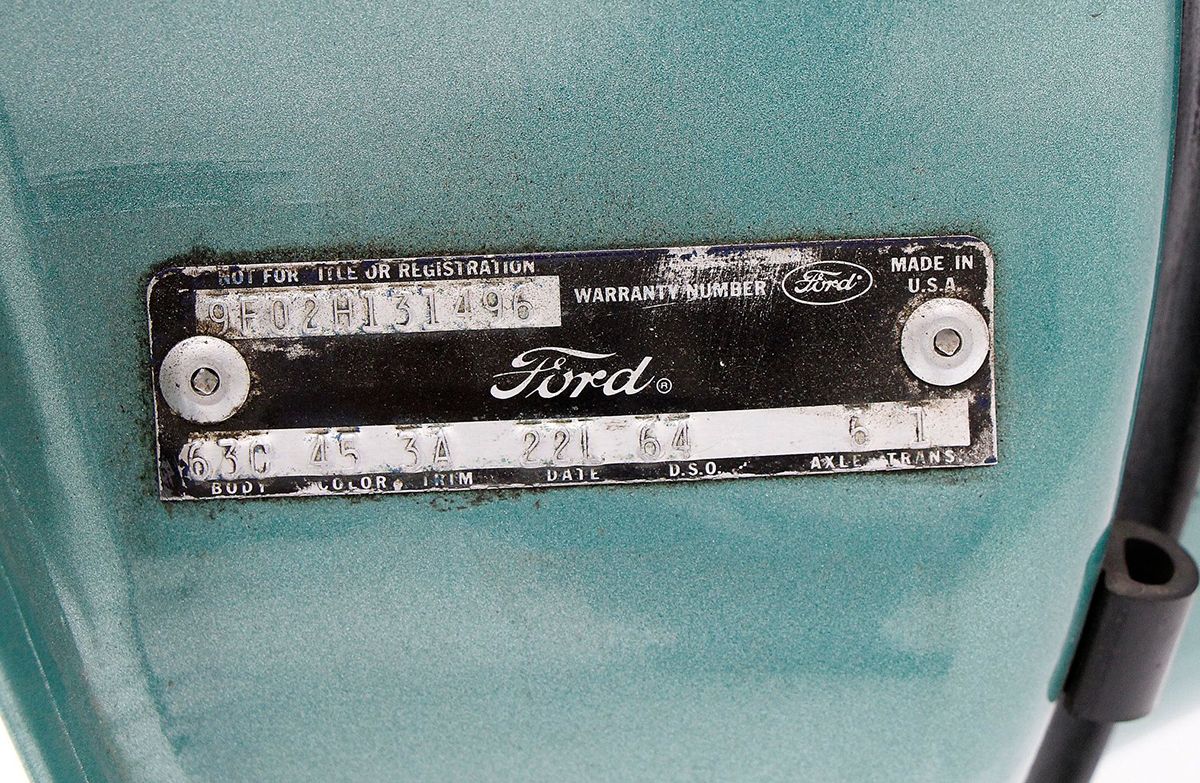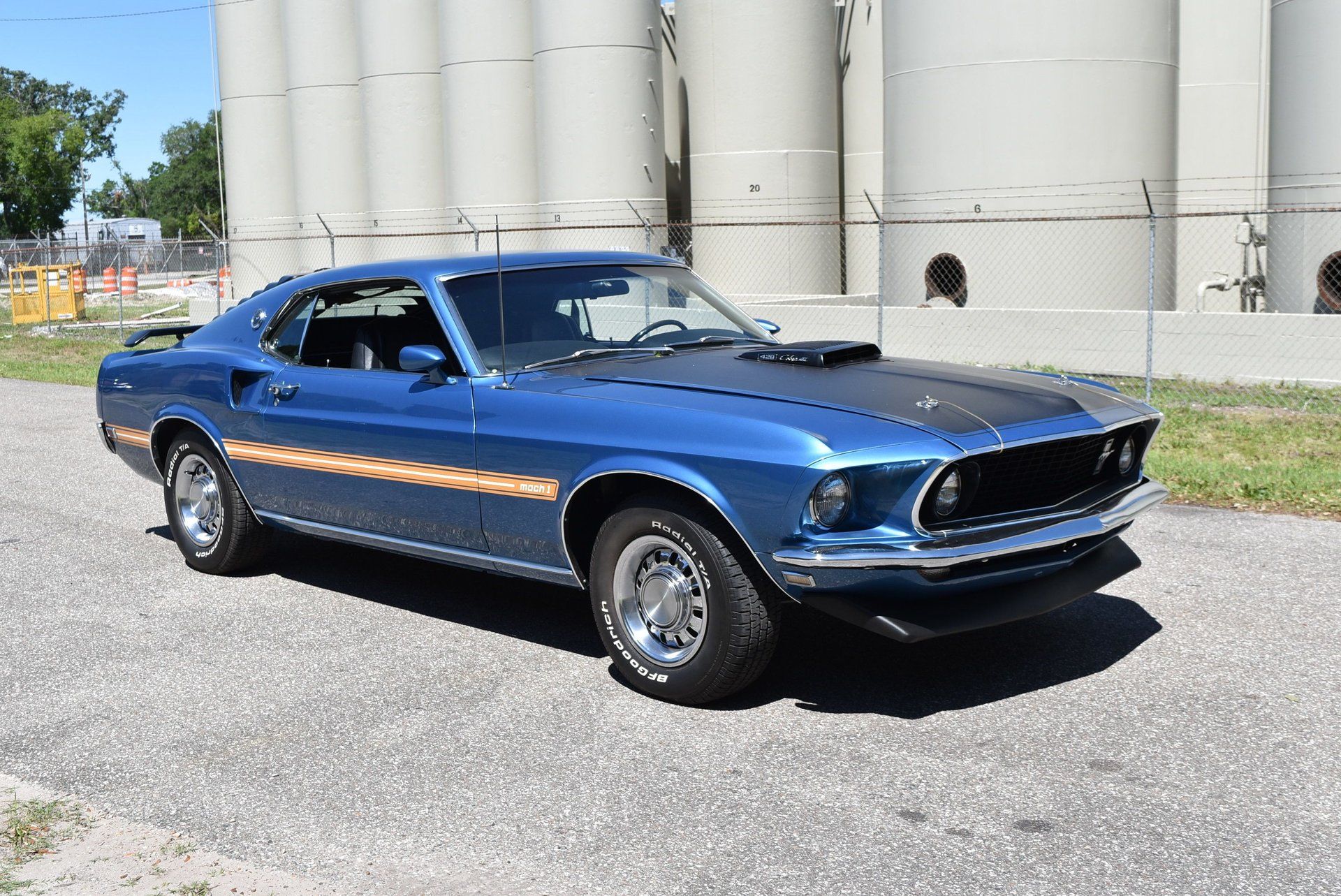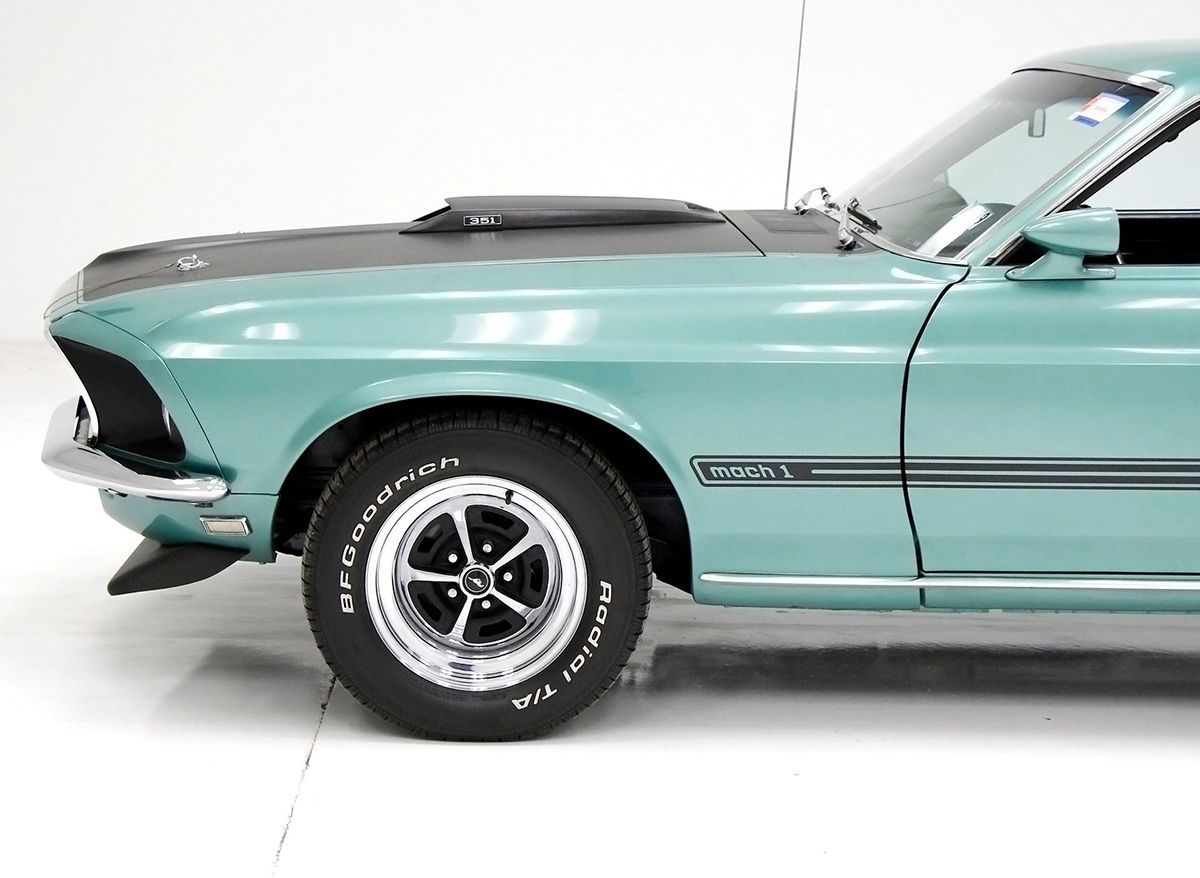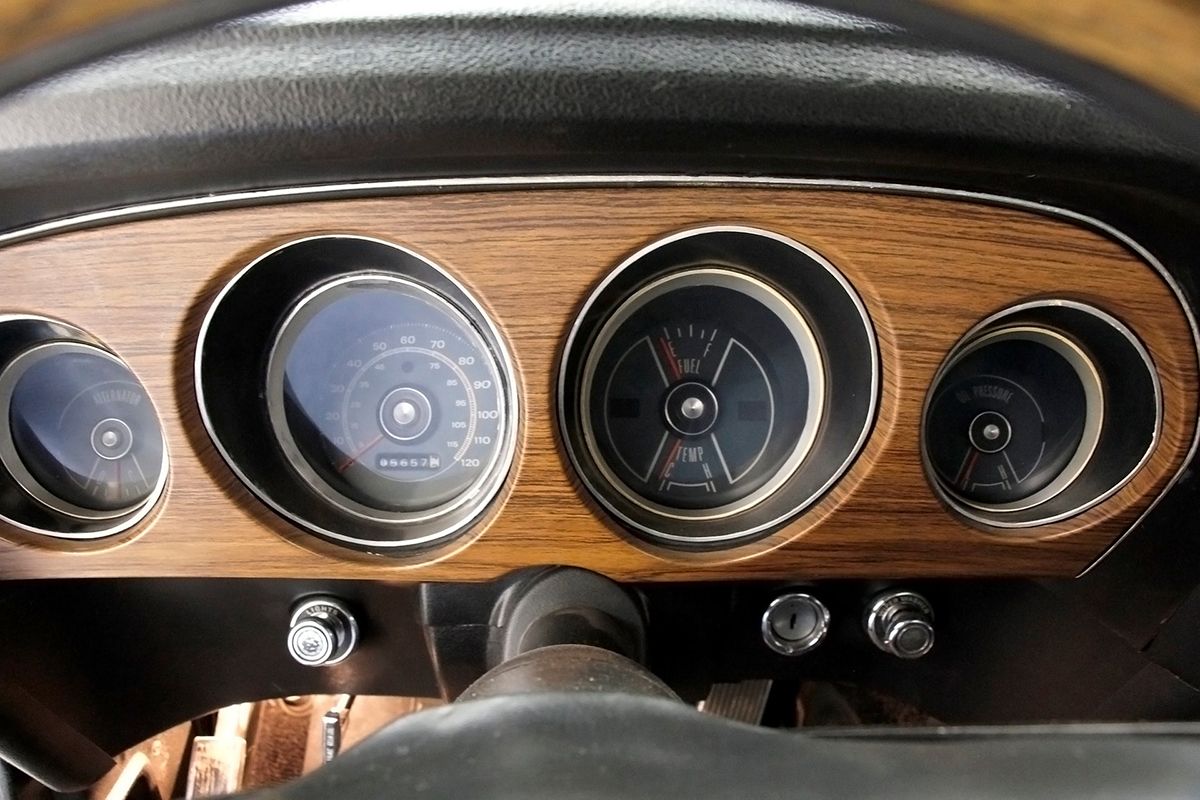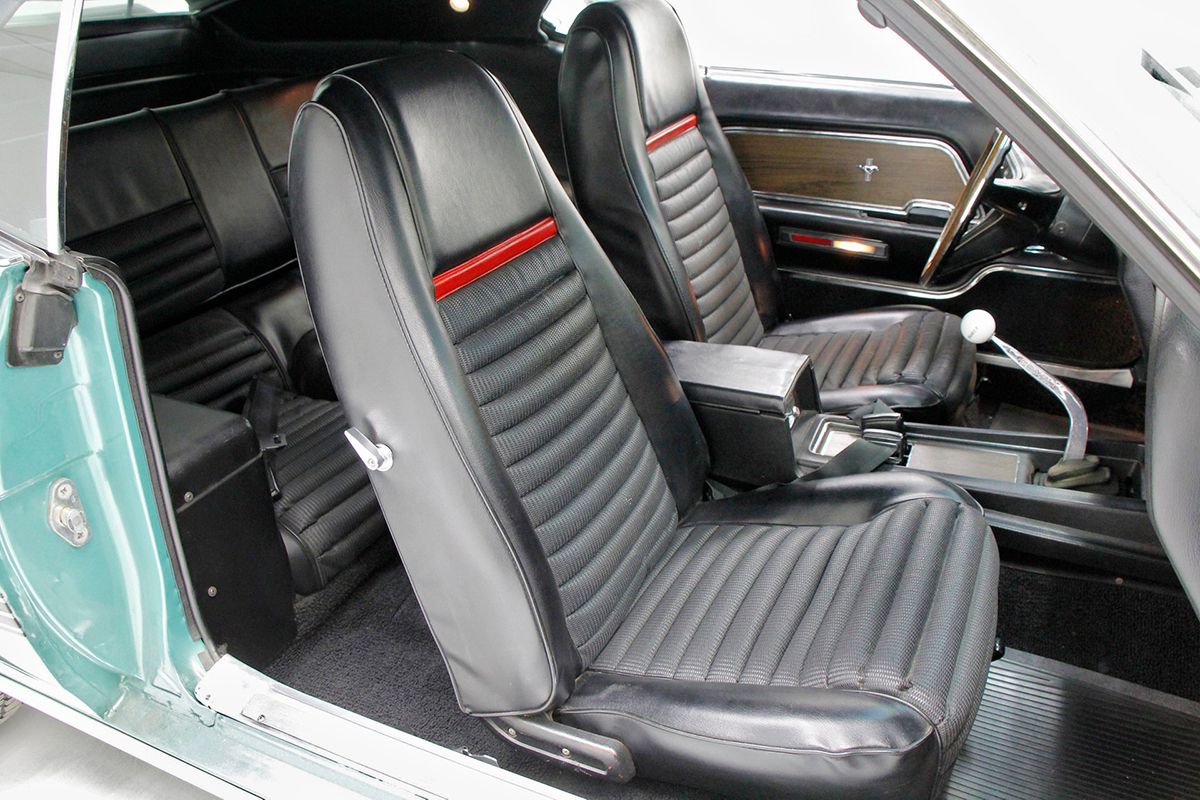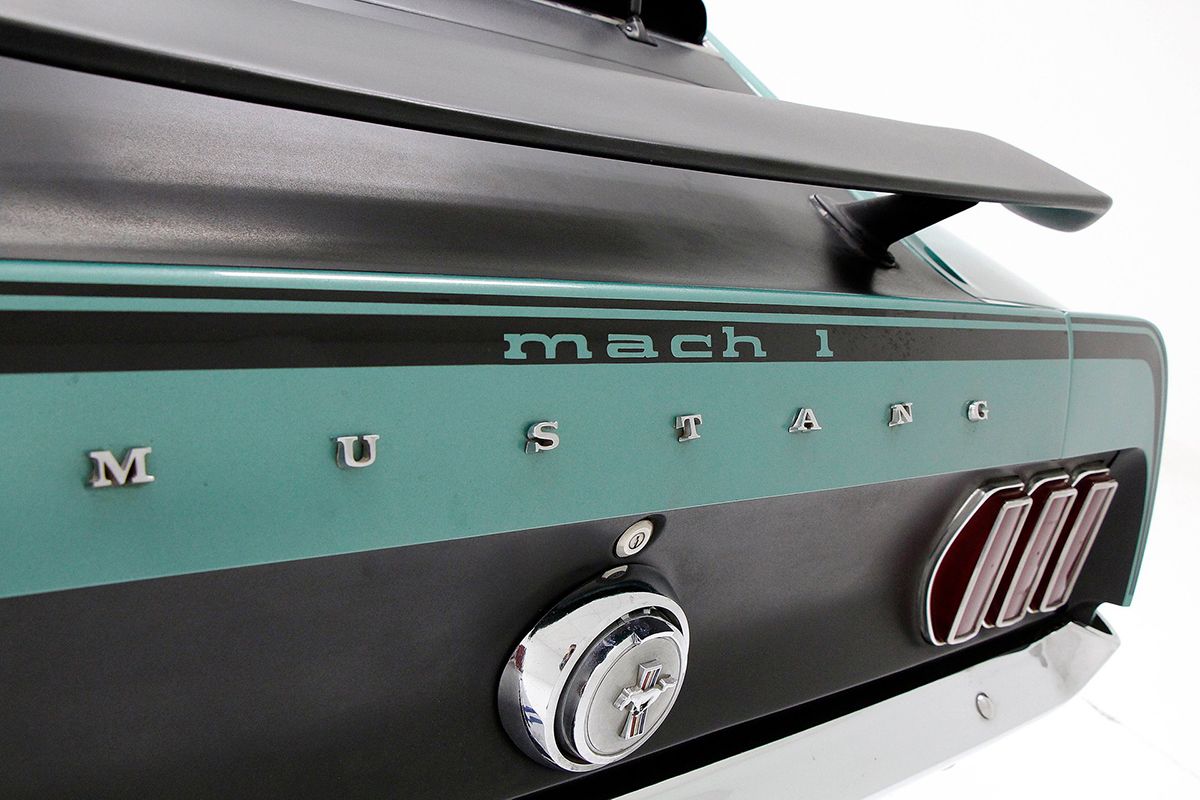Henry Ford built his first gasoline-powered vehicle in the shed behind his house while working as an engineer for the Edison Illuminating Company. In 1903 he created the Ford Motor Company, and in 1908 made the first Model T.
The demand for that revolutionary machine was huge, so Ford had to come up with evolutionary production methods, including the use of interchangeable parts and large production plants. In 1913, he introduced the first moving assembly line for cars.
In 1964, the World's Fair took place in New York. Ford decided to use this opportunity to present his new Mustang to people. This event, combined with the car appearing on the cover of Time, led to the sale of 22,000 units on the first day. Dealerships had to make waiting lists. In 1964 over 400,000 Mustangs were sold. Here are 15 things you forgot about the 1969 Ford Mustang Mach 1.
15 5.8L Windsor 2V Motor
The 5.8L Windsor 2V motor came as standard and was paired with a 9-inch open rear axle and a 3-speed manual transmission. Two options were available: the 6.4L FE and the mighty 7.0L Cobra Jet 4V. Later on, the company introduced the "Drag Pack" with an upgraded 7.0L Super Cobra Jet motor.
14 Visual Upgrades
The car was offered in the Sports Roof style, meaning there was no hardtop. Ford made multiple visual changes and tried to improve the car's performance. For example, they added a competition suspension, rear deck spoiler, hood scoop, Goodyear Polyglas tires, and new wheels. You could also get an optional 3-speed automatic transmission.
13 Optional Shaker Hood
The car got a huge scoop on the hood that was there mostly for the looks. However, the optional Shaker hood increased performance at high speeds. The hood prevented water from getting into your car when you drove on flooded terrains. The hood got the name for vibrating along with the engine in a shaky manner.
12 Variable Quick-Ratio Steering Box
The variable quick-ratio steering box was an easy way for Ford to improve the handling of the 1969 Ford Mustang Mach 1. Steering boxes in the late '60s were made with a wide turn ratio. It means that you had to make 4 turns of the steering wheel to turn the wheels from right to left.
11 Exterior Upgrades
The hood was painted black, reflective side stripes complemented the main color. You could also add optional hood pin latches. The chrome pop-open gas cap complemented the sporty concept. The car featured a honeycomb grille with sports lamps, colored dual racing mirrors, decals on fenders and argent body accent paint.
10 Interior Design
The interior design fitted the sporty style of the 1969 Ford Mustang Mach 1. Inside you could find a rim-blow steering wheel and high back bucket seats. There were many details made of wood and an additional sound deadener. Sculptured door panels and a new console completed the look.
9 The Optional Ram Air Package
Cars with this package received a unique decal on each hood. The package included vacuum controlled doors, upgraded air filter and a fiberglass plenum that sent air into the carburetor. The package also offered new hood locks along with unique hood paint options (matte silver or matte black). These colors matched the decals.
8 Power Steering With Oil Cooler
Power steering helped drivers turn the steering wheel easier. Without this system, you'd have to use force to turn the wheel. The system used special fluid to assist with steering, activating every time the driver turned the steering wheel. It also made a squealing noise every time the steering wheel was turned all the way.
7 Manual Choke Control
Manual choke control is a system that uses air and fuel and allows the driver to adjust the fuel to air mixture. The system helps start the engine that hasn't been used for a long time. When the engine is choked, the mixture gets more fuel and less air to ensure easier starting.
6 The Warranty Plate
Every 1969 Ford Mustang Mach 1 came with the warranty plate affixed to the rear face of the driver-side door. The idea was to give the driver information by code of the makeup of the car. However, the tag could be pulled easily. They often went missing, so the drivers had to order new tags.
5 Headlight Dimmer Switch
The headlight dimmer switch is the electrical switch that controls the headlight functions of the car. In the Mach 1, it was mounted on the center console. It could switch between the low and high beam headlights. For parking lights, regular driving lights were used, only with an extra resistor that could dim the light.
4 Fingertip Speed Control
Fingertip Speed Control is what Ford used to call its cruise control system. It allowed to set and keep a certain speed and could save fuel. It also helped alleviate driver fatigue on long trips. The system used a number of switches to control settings such as transmission and different cylinders.
3 Trip Odometer
This feature seems commonplace now but it wasn't like that in the '60s. The trip odometer was a part of a regular odometer. It could record the traveled distance during short tips by letting you reset its readout to zero. The main odometer couldn't be reset and tampering with it was a crime.
2 Tilt-Away Steering Column
The tilt-away steering column used a special movable column. You could move it to the right for an easier exit and entry, especially with a briefcase or packages. The steering column moved, and a metal plate filled the empty space. This feature was invented by Ford and could be found only in their cars.
1 The Convenience Panel
The Convenience Panel was one of Ford's innovations. It was mounted on the clock housing right below the controls for the washer. It featured different lights and flashers that came on and sounded a buzzer every time something required the driver's attention. For example, an open door when the headlights were on.

